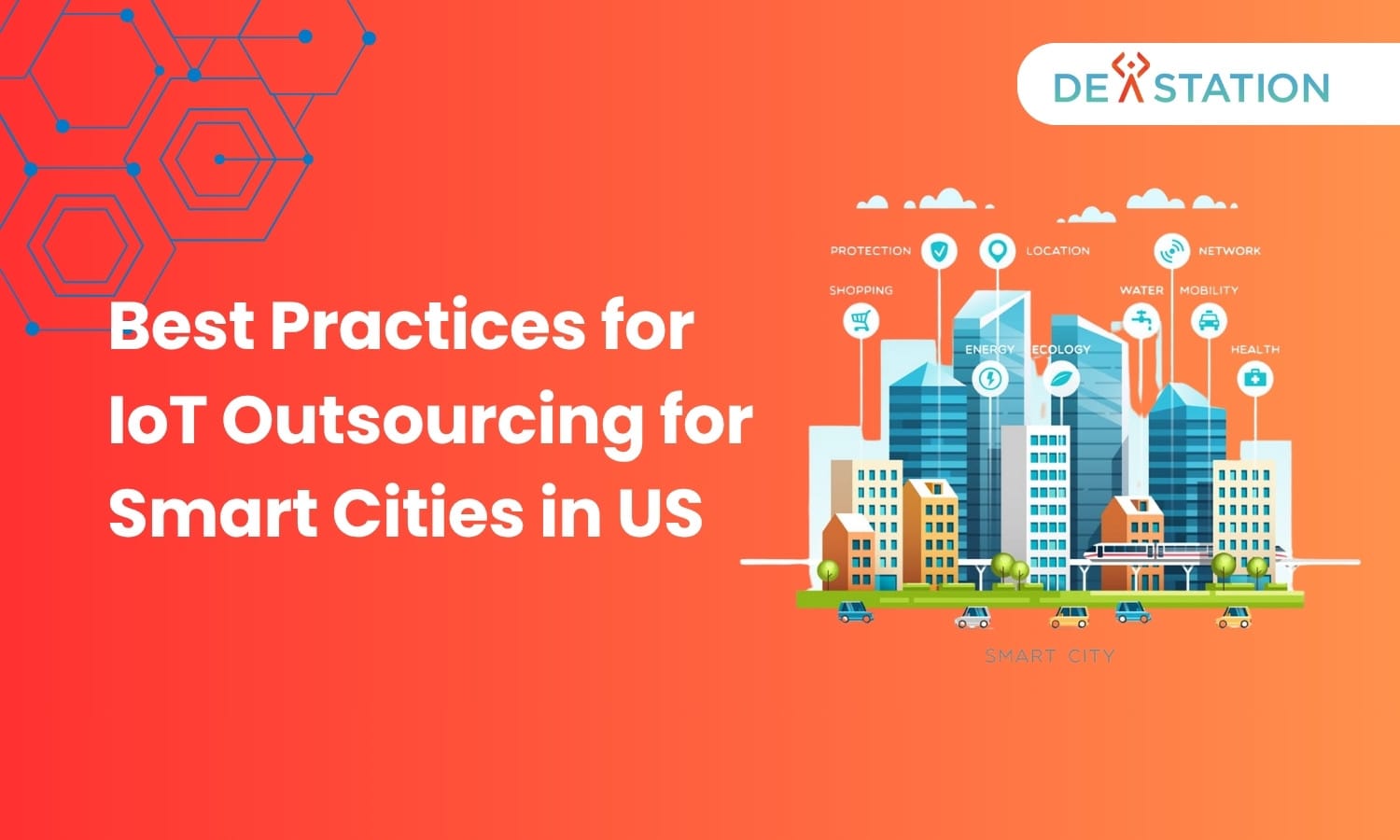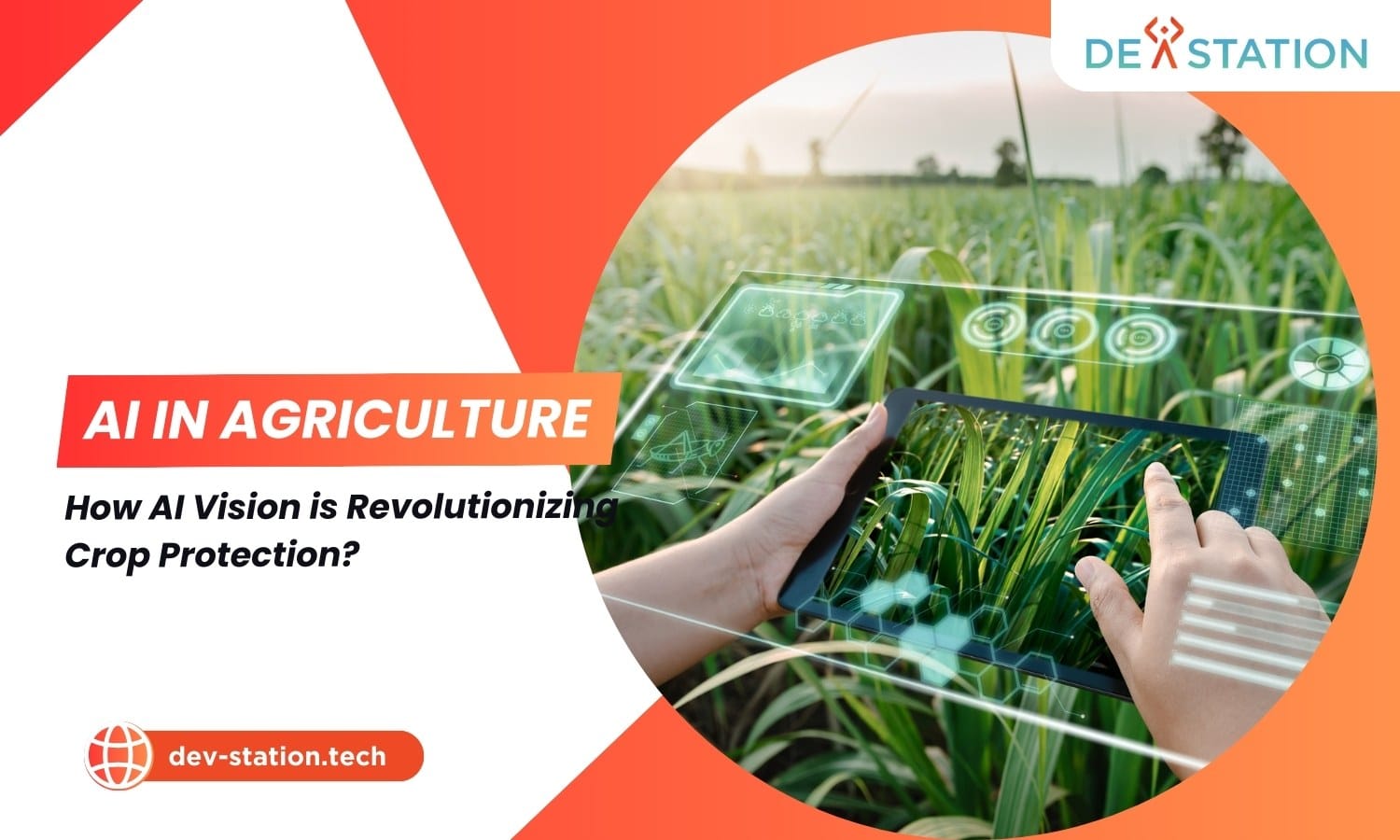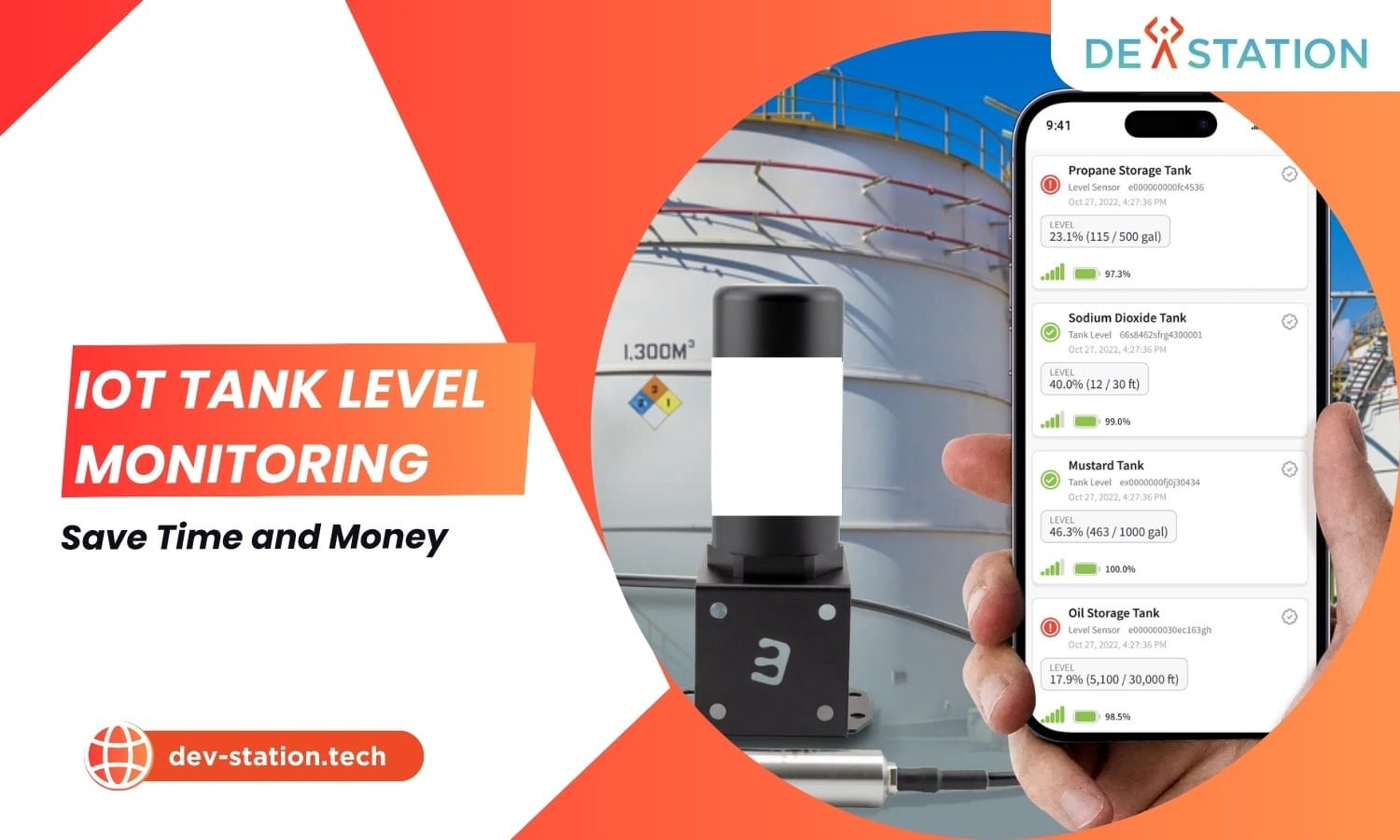Urban centers across the United States are embracing advanced connected systems to tackle challenges like traffic congestion, pollution, and resource allocation. These innovations create sustainable, data-driven environments that improve public safety and quality of life. However, building these capabilities internally often strains budgets and requires specialized technical expertise many municipalities lack.
Partnering with external experts offers a practical path forward. By collaborating with seasoned providers, local governments gain access to cutting-edge tools without upfront investments in infrastructure or talent development. This approach accelerates deployment timelines, ensuring communities reap benefits like energy efficiency and real-time analytics faster.
Strategic alliances also allow civic leaders to focus on governance while technical teams handle implementation. For example, sensor networks for waste management or traffic optimization can be deployed seamlessly through such partnerships. The result? Cities transform into adaptive ecosystems that prioritize citizen needs while maintaining fiscal responsibility.
Contents
ToggleThe Rise of Smart Cities and IoT
Urban landscapes are undergoing a digital revolution. This shift transforms how communities operate, blending physical infrastructure with intelligent systems. At its core, this evolution uses interconnected devices to collect and analyze data, driving decisions that benefit residents.
Understanding the Smart City Concept
A modern urban area integrates three pillars: technology, data, and citizen needs. These elements work together to optimize resources like energy and transportation. For example, adaptive traffic lights reduce congestion by analyzing real-time vehicle patterns.
The Role of IoT in Modern Urban Environments
Networked sensors act as the backbone of these upgraded communities. They monitor air quality, track utility usage, and manage public services efficiently. This connectivity allows municipalities to predict issues before they escalate.
| Aspect | Traditional Approach | Smart Solution |
|---|---|---|
| Data Collection | Manual surveys | Automated sensors |
| Response Time | Days or weeks | Real-time adjustments |
| Sustainability Efforts | Fixed schedules | Dynamic resource allocation |
The table above shows how data-driven strategies outperform conventional methods. By embracing these innovations, urban planners create environments that adapt to population needs while conserving resources.
The Role of IoT in Urban Transformation
Modern communities thrive when physical assets and digital networks work in sync. Connected devices form invisible threads linking streetlights, water mains, and public transit into cohesive systems. This integration turns static structures into dynamic tools for progress.

Connecting Infrastructure and Citizens
Real-time data flows transform how municipalities operate. Air quality trackers alert officials about pollution spikes. Traffic sensors reroute vehicles during accidents. These responsive systems adapt to challenges faster than manual methods ever could.
| Urban Challenge | Legacy Approach | IoT-Enabled Solution |
|---|---|---|
| Street Maintenance | Annual inspections | Vibration sensors detect pavement wear |
| Public Feedback | Town hall meetings | Mobile apps collect citizen reports instantly |
| Energy Use | Monthly meter checks | Smart grids balance load automatically |
Upgrading older infrastructure requires careful planning. Many communities use hybrid models, blending existing assets with new devices. This strategy cuts costs while improving service reliability through predictive maintenance algorithms.
Residents now access real-time updates about bus schedules or power outages. Transparent data sharing builds trust between local governments and citizens. When people see immediate responses to reported issues, engagement levels rise naturally.
IoT Outsourcing for Smart Cities in US
Municipal leaders face mounting pressure to modernize aging infrastructure while balancing budgets. External partnerships offer access to cutting-edge tools without massive upfront investments. Specialized providers accelerate deployment, letting communities reap benefits faster.

Benefits of Collaborative Tech Partnerships
Strategic alliances with tech firms deliver three core advantages:
- Immediate access to vetted specialists in sensor networks and data analytics
- Predictable cost structures replacing capital-intensive projects
- Scalable systems that grow with population needs
Leading providers bring proven frameworks for traffic optimization and energy grids. For instance, San Diego’s streetlight overhaul cut energy costs by 40% through a vendor-managed network. Such collaborations free municipal teams to focus on policy while experts handle technical execution.
Financial planning becomes more transparent with subscription-based models. Cities avoid hardware depreciation risks and gain automatic software updates. However, successful partnerships require:
- Rigorous vendor vetting processes
- Clear service-level agreements
- Regular performance audits
This approach transforms fixed infrastructure into adaptable ecosystems. It ensures communities stay current with technological advances without straining public funds.
Smart City Applications in Transportation and Energy
Urban mobility and energy consumption patterns are undergoing radical transformations. Advanced solutions now address gridlock and resource waste through intelligent coordination between infrastructure components. These innovations create cleaner, faster-moving communities where systems adapt to real-time demands.
Dynamic Traffic Management and Smart Parking
Denver’s CityNow initiative demonstrates how traffic flow improves with predictive analytics. Road sensors collect vehicle movement data, adjusting signal timings during peak hours. Drivers receive route suggestions via mobile apps, cutting commute times by 18% in pilot zones.
San Francisco’s SFpark program tackles another pain point: parking searches. Sensors in spaces transmit availability updates to digital signs and apps. This reduced circling by 30%, lowering emissions while improving efficiency.
Integrating Renewable Energy and Smart Lighting
Energy grids gain flexibility through solar mini-grids and adaptive streetlights. Denver’s remote-controlled LEDs dim during low-activity periods, saving 35% on power costs. Storage batteries capture excess solar energy for nighttime use.
These systems automatically adjust brightness based on pedestrian traffic and weather. One neighborhood saw a 22% drop in energy use without compromising safety. As renewable energy adoption grows, such solutions help municipalities balance sustainability goals with operational needs.
Improving Public Safety through IoT Solutions
Urban centers are transforming security strategies by merging physical infrastructure with intelligent monitoring tools. These innovations help authorities address emergencies faster while respecting community privacy standards. Real-time data analysis now drives proactive measures that protect residents and critical assets.
Intelligent Monitoring for Threat Prevention
Dallas upgraded streetlights with AI cameras and free WiFi, creating dual-purpose infrastructure. This network reduced neighborhood crime by 17% within six months. The systems automatically blur faces to preserve anonymity unless threats are detected.
Washington DC uses similar technology to track multiple transportation modes simultaneously. Their cameras analyze pedestrian flow and adjust traffic signals in real time. This approach cut intersection accidents by 21% while improving transit efficiency.
Emergency Response Revolution
Seattle’s earthquake early warning sensors provide 40-second alerts before tremors hit. This gives people crucial time to take cover and halts trains automatically. Fire departments now receive information about blocked routes before arriving at disaster sites.
Key advancements include:
- Predictive algorithms identifying high-risk zones using historical crime data
- Integrated communication networks linking police drones with ground units
- Automated damage assessments after natural disasters
These solutions demonstrate how cities can enhance public safety without compromising civil liberties. When implemented thoughtfully, technology becomes a force multiplier for emergency teams and community trust.
Waste Management and Environmental Monitoring Enabled by IoT
Municipal waste systems are getting smarter through data-driven upgrades. Sensors now track everything from overflowing trash cans to airborne pollutants. These tools help urban areas balance ecological goals with practical service demands.
Revolutionizing Collection and Citizen Engagement
San Francisco’s public bins demonstrate how fill-level detectors slash operational costs. Collection crews receive alerts only when containers reach 75% capacity. This approach cut unnecessary truck trips by 40% in pilot zones, reducing diesel use and emissions.
Dallas took a different approach with 52 air-monitoring stations across its metro area. Real-time pollution maps help officials:
- Issue smog warnings via mobile alerts
- Redirect traffic during high ozone periods
- Track industrial emission patterns over time
Some communities reward residents for eco-friendly habits. Phoenix’s recycling program gives points for proper sorting—redeemable for utility bill credits. Participation jumped 28% in six months, diverting tons from landfills.
These systems create environmental profiles covering noise, water purity, and particulate levels. Combined with waste data, they form actionable insights for sustainable planning. The result? Cleaner neighborhoods and budgets focused on prevention rather than cleanup.
Data Privacy, Security, and Governance in Smart Cities
Urban innovation brings unprecedented data challenges that demand robust governance frameworks. By 2025, connected systems will process over 73 zettabytes globally—equivalent to streaming HD video for 3.8 million years. Municipal leaders must balance operational efficiency with ethical information handling.
Managing Data Overload and Ensuring Transparency
Advanced analytics platforms now process sensor feeds from millions of devices daily. Edge computing reduces latency by filtering data locally before transmitting key insights. For example, Chicago’s Array of Things initiative anonymizes environmental metrics at collection points to protect resident identities.
Transparency remains critical. Boston publishes real-time dashboards showing how citizens‘ information improves services like garbage collection. Clear opt-out policies and public audits build trust in technology deployments.
Addressing Cybersecurity and Privacy Concerns
Networked infrastructure requires military-grade encryption protocols. San Diego’s traffic systems now use quantum-resistant algorithms to prevent hacking attempts. Multi-factor authentication limits access to sensitive urban management tools.
Regular penetration testing identifies vulnerabilities before attackers exploit them. Phoenix’s water grid survived 12 simulated cyberattacks last year through layered defense strategies. These measures ensure cities stay resilient against evolving digital threats while safeguarding personal privacy.





